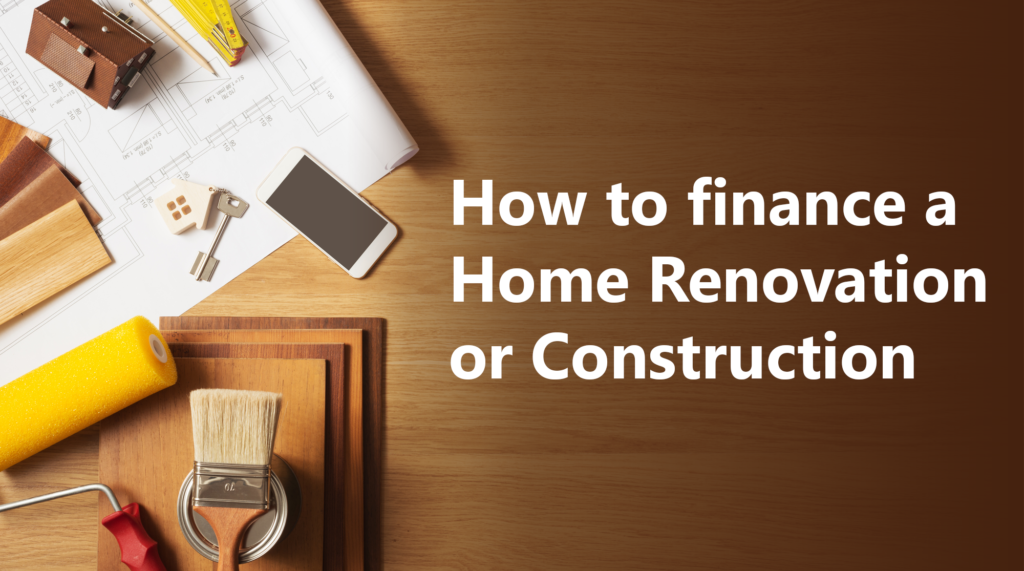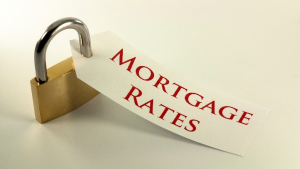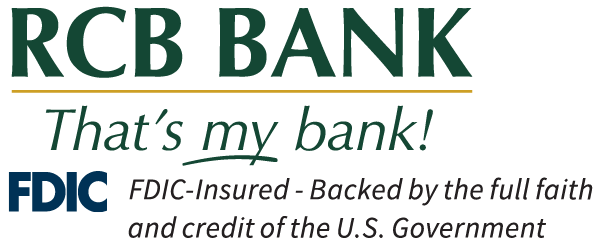
Do you want to renovate a home after buying? Are you considering building a new home? In these situations and many others, you will need a construction loan before you start a traditional mortgage. Depending on your situation, different loans are required.
Construction to permanent
With a construction to permanent loan the lender releases money to the builder as phases of the construction are completed.
Upside: Once the build is complete, the loan converts to a standard 15 or 30-year mortgage.
Downside: You have to lock in the interest rate at the beginning of the process. It can take a year or more to build a home and interest rates could be lower by the time you actually move in.
Construction only
Another way to finance the construction of your home is with a stand-alone construction loan. With this loan type, the homeowner take two loans. The first loan finances the construction of the home and the second refinances the construction loan into a long-term mortgage.
Downside: Since you obtain two separate loans, you pay two sets of closing costs and go through multiple loans applications and closings.
Upside: If you want to shop around for mortgage options instead of being locked into one lender’s options, you can secure a lower interest rate.
Renovation construction loans
These loans are available to people who want to do a renovation, but do not have the money to finance it themselves. You have many options to pay for home improvements, including personal loans, lines of credit or government insured loans.
Upside: Renovations can increase the value of your home or reduce your costs in the long-term. Bathrooms, new insulation, kitchens and finishing basements all add value to a home.
Downside: The improvement in home value may not justify the cost of renovations. There is also a chance renovations will cost more or take longer than you expected.
We are to here to help, even if you are not an RCB Bank customer. Connect with a local RCB Bank lender to get answers to your lending questions.



